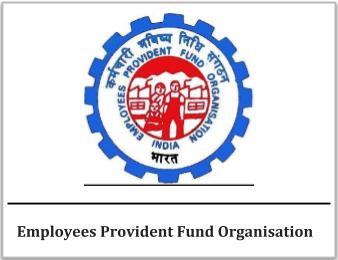EPFO Exam Model Questions : General Awareness (Set-37)

EPFO Exam Model Questions : General Awareness
1. Consider the following statements about foetus?
1. The stage when an embryo starts to have the appearance of a fully developed offspring.
2. Embryo changes to a fetus after about two months of development foetus
Which of the above statements is/are?
(a) Both 1 & 2
(b) Only 1
(c) Only 2
(d) neither 1 nor 2
2. Consider the following statements
1. Acrosome, specialized liposome that digests the limiting membrane of the ovum
2. Acrosome facilitates the penetration by the sperm
Which of the above statements is/are?
(a) 1 Only
(b) Only 2
(c) Both 1 & 2
(d) neither 1 nor 2
3. In cold places, the fishes survive despite freezing of lakes because:
(a) They develop a fat layer below the skin
(b) They store oxygen in their body
(c) They have developed a resistance against cold
(d) Below the frozen surface of the lake, there is water in liquid state.
4. Why does water have maximum density at 4°C?
(i) Because of the Hydrogen bonding.
(ii) Because of the non-crystalline structure of ice. Select the correct answer from the codes given below:
(a) Only (i)
(b) Only (ii)
(c) Both (i) and (ii)
(d) Neither (i) nor (ii)
5. Direction: The following question consists of two statements; one labelled as the ‘Assertion (A)’ and the other as ‘Reason (R)’. You are to examine these statements carefully and select the answers to these items using the codes given below:
Assertion (A): In case of lightning on a highway if one has a car, sitting inside it (closed from all sides) would be safe so as to protect oneself from getting struck by the lightning.
Reason (R): The electric field inside a conductor is zero.
Code -
(a) Both A and R are individually true and R is the correct explanation of A.
(b) Both A and R are individually true but R is not the correct explanation of A.
(c) A is true but R is false.
(d) A is false but R is true.


